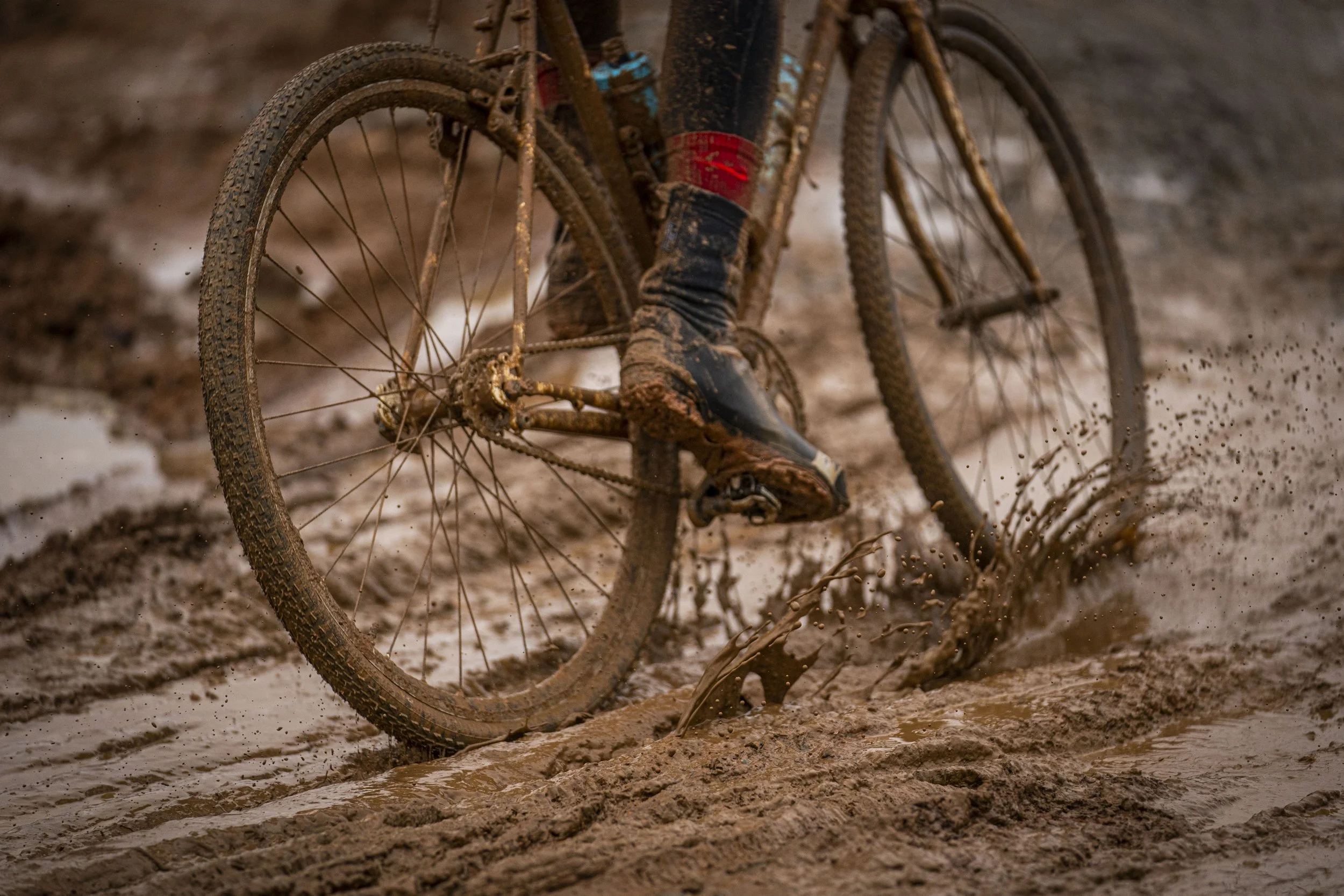
(un) Known Factors
There is no escaping it, the weather plays an unmistakable role in how The Mid South plays out every year.
Hoping to understand our weather patterns a little more, we invited our friend Ron Elliott to bring some context. Ron is a co-founder of the Oklahoma Mesonet and we’ve asked him to share some interesting weather insights on the specific area you’ll be riding and running. The Oklahoma Mesonet is a network of 120 weather and soil monitoring stations located across Oklahoma. At each site, sensors collect comprehensive data that are transmitted to a central facility every 5 minutes, 24 hours per day, year-round. In just a few minutes, the measurements acquired are available to the public. The Oklahoma Mesonet serves as a model for those seeking to observe the earth and atmosphere and is recognized as the “gold standard” in real-time weather networks. If you want the richest and most current weather data including air temperature, wind speed and direction, rainfall, and even National Weather Service radar, you can download the free Oklahoma Mesonet apps for Apple and Android. The app offers realtime, granular data that can be appreciated by weather scientists and endurance athletes alike.
OKLAHOMA SKY
Talk of Oklahoma weather is often done in the extremes. It’s not always the most predictable place to ride or run. Here in Payne Co. we’ve recorded a low of -19 F and a high of 117F. Across the state the Mesonet has recorded wind gusts of 151 mph and a whopping one hour temperature swing from 74F to 34F. It can be tough to choose layers properly for that kind of temperature variation. But unless you’re looking to move to Oklahoma, you are probably most concerned with the weather conditions right around mid March. Let’s take a look at Mid South weekends of the past to get a better idea of what we may be encountering.
image: Cycling Tips
Rainfall
Oklahoma Dirt
Riding and running in wet weather is a little different here. If this is your first time to Oklahoma you’ve no doubt noticed some red dirt already.
For the local gravel riding and running community, the term red dirt brings up images of beautiful country roads that, with the right amount of rain, can transform from fast, hard-packed surfaces into gooey and sticky “peanut butter mud.” When it’s wet and cold, we can descend into downright uncomfortable conditions. These factors combine to make for an event day that can be a true test to finish!
photo : 241 Photography
Soil types vary considerably across Payne County and are determined by the percentages of sand, silt, and clay particles making up the soils. In the area around Stillwater, the surface soil generally tends to be loam to silt loam in texture, with a reddish color.
That color is due to the presence of iron oxide (i.e., “rust”).
Below the surface, there is usually a soil layer with a higher percentage of clay particles.
Soils with higher clay content tend to have:
lower infiltration rates during rainfall (leading to greater surface runoff)
higher water holding capacities
Much more “stickiness” when wet,
Slower rates of drainage/drying.
photo : Andy Chasteen
wind and temp data
How to prepare
Oklahoma weather can be highly variable, especially this time of year so be prepared in terms of clothing and equipment. Waterproof outerwear, gloves, shoes or shoe covers are a good idea.
If there is rainfall during event lead up, be prepared for some tough sections on the course. Even light rain can lead to wheel stopping mud buildup. Smart equipment choices like proper layering, tire selection, and a handy mud stick can make a big difference but in the end, it all comes down to your will to cross the finish line.








